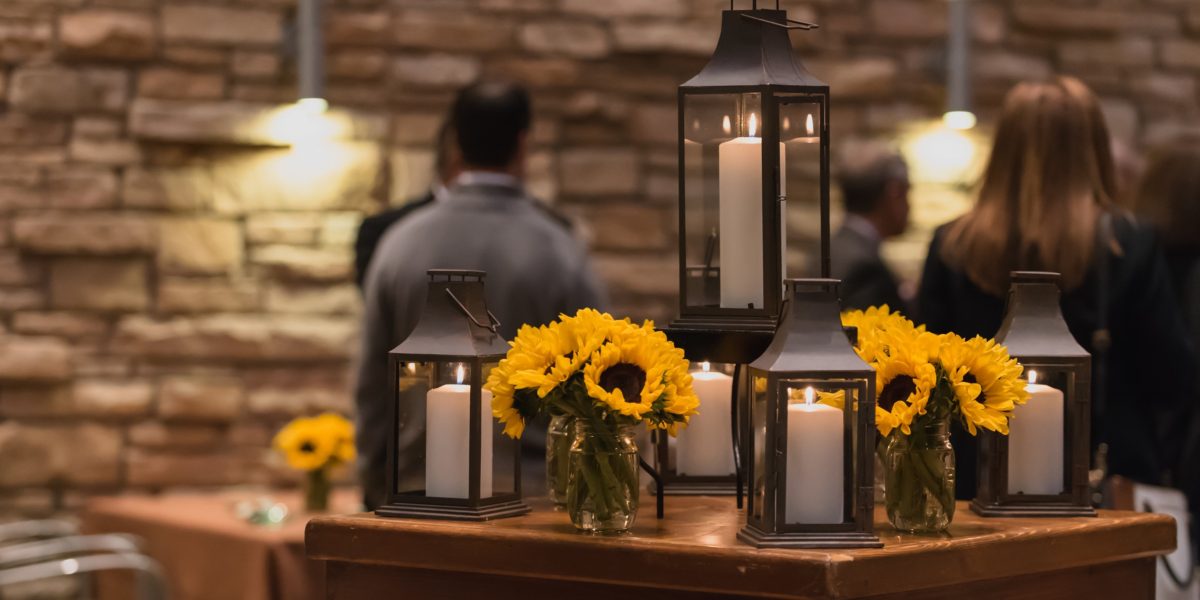
9 design trends that are shaping senior dining
By Tara Fitzpatrick | Mar 29, 2017
Blueprints for today’s senior dining facilities include changes to the formal dining room, adaptable spaces, labor-saving configurations for different venues, new technology and room for meaningful interactions with the community.
Senior dining professionals are pointing to several elements of design that are taking the dining experience to the next level. Here are some key trends that will impact the look, feel and function of senior dining facilities.
- Lots of different venues to choose from. "One formal dining venue won’t cut it anymore for seniors today,” says Dean Maddalena, president of design firm studioSIX5, which specializes in senior living architecture. Bars, like this one, designed by studioSIX5 at the Solana Preserve Vintage Park in Houston, “provide residents with a change in scenery depending on their mood and taste.”
- However, those venues are moving closer together. The trend of offering senior residents a pub, a bistro, a formal dining room and a coffee lounge is pretty well established, but the trend of having those different venues scattered all over the campus may be on its way out. Thanks to a labor shortage that’s affecting the entire foodservice industry, that setup may not make the most sense, according to John S. Rifkin, CEC, senior corporate executive chef, Morrison Community Living. “We’ve started going more towards a European marketplace setup—or like Mario Batali’s Eataly concept—where these different venues are in the same vicinity,” Rifkin says. “That way, you can shift labor around a lot quicker when needed. And the venues can all be close to a central kitchen.”
- Making design fit with senior needs. “In an environment that serves seniors, thoughtful design is imperative,” Maddalena says, describing new ideas studioSIX5 has been trying, such as back-lit LED menus to allow seniors to see the menu in a dimly lit restaurant venue and divider walls that open up to store walkers or wheelchairs during dinner.
- An interactive experience. Connecting with the chef is possible here with a demo kitchen, designed by studioSIX5 at Overture, an active adult community in Plano, Texas. “Activities with purpose and unique interactions” are hallmarks of a thriving senior community, according to Maddalena. Chef demos, resident gardens and even food trucks from around town are great ways to add that human touch.
- Advances in tech. Countertop induction technology (invisible heat sources that leave free counter space when not in use) is a major trend Maddalena is pointing to for senior dining, due to the fact that magnetism rather than coils means easier cleanup and less chance for bacterial growth. Melgarejo of Flik Lifestyles predicts that tech trends like customized apps, touchscreen monitors, marketing collateral with embedded QR codes will continue to increase in the senior living market.
- Look and feel. Natural light, warm wood accents, distinctive seating, fun lighting fixtures and sleek tile are all trends displayed here at The Ridge in Salt Lake City, another one of StudioSIX5’s clients.
- Using the dining room for different purposes. Flexibility and the ability to accommodate last-minute request are top qualities in a formal dining room for the team at FLIK Lifestyles. “The space must be configured so different activities can be hosted throughout the morning, afternoon and evening,” says JC Melgarejo, director of creative development for Flik Lifestyles. “A good example of this would be the incorporation of soft lounge seating and family-style high-top counters that complement traditional dining room tables and can be designed with casters at the base for ease of movement.”
- Formal dining, scaled down and reimagined. While there’s definitely a move toward more casual dining, there is still very much a place for formal dining rooms in the senior dining world, as pictured here at Prairie House Assisted Living and Memory Care in Broken Arrow, Okla., which was designed by studioSIX5. “It used to be that if you had 200 residents, you’d have 200 seats in your formal dining room,” Rifkin observes. “But to do that, you’re creating an environment where everyone comes in at 5:30 p.m. and sits down. That’s not what the baby boomers want to do. They want to hang out at the pub first. Don’t build the formal dining room too big.”
- Modern advances in flooring. Tile is still the go-to flooring for much of senior dining, thanks to its resilient characteristics. “And there are so many advances in tile and laminate,” Rifkin says, adding that he attends shows like NAFEM and NRA to meet with architects and stay up-to-date on design trends.
*Originally appeared in Food Management, March 29, 2017.